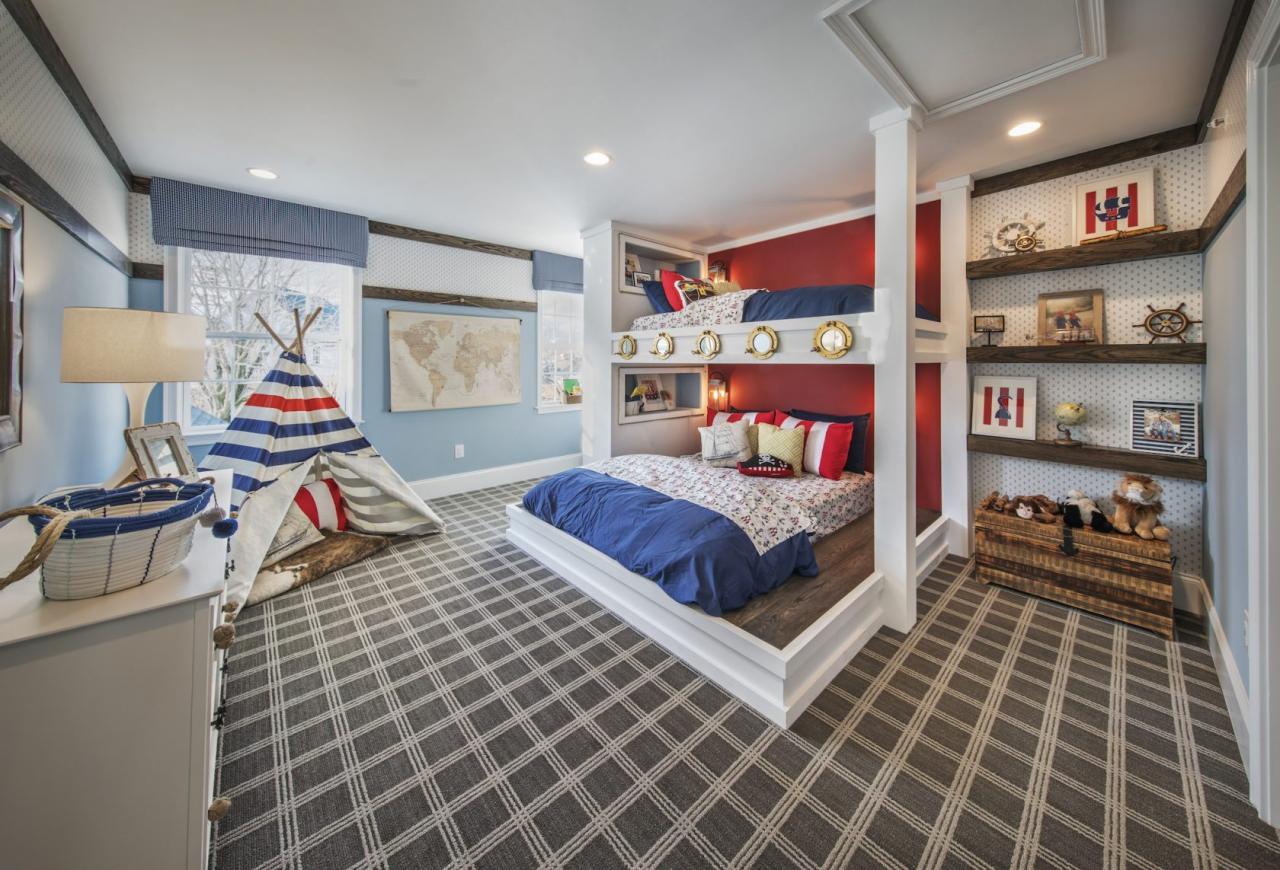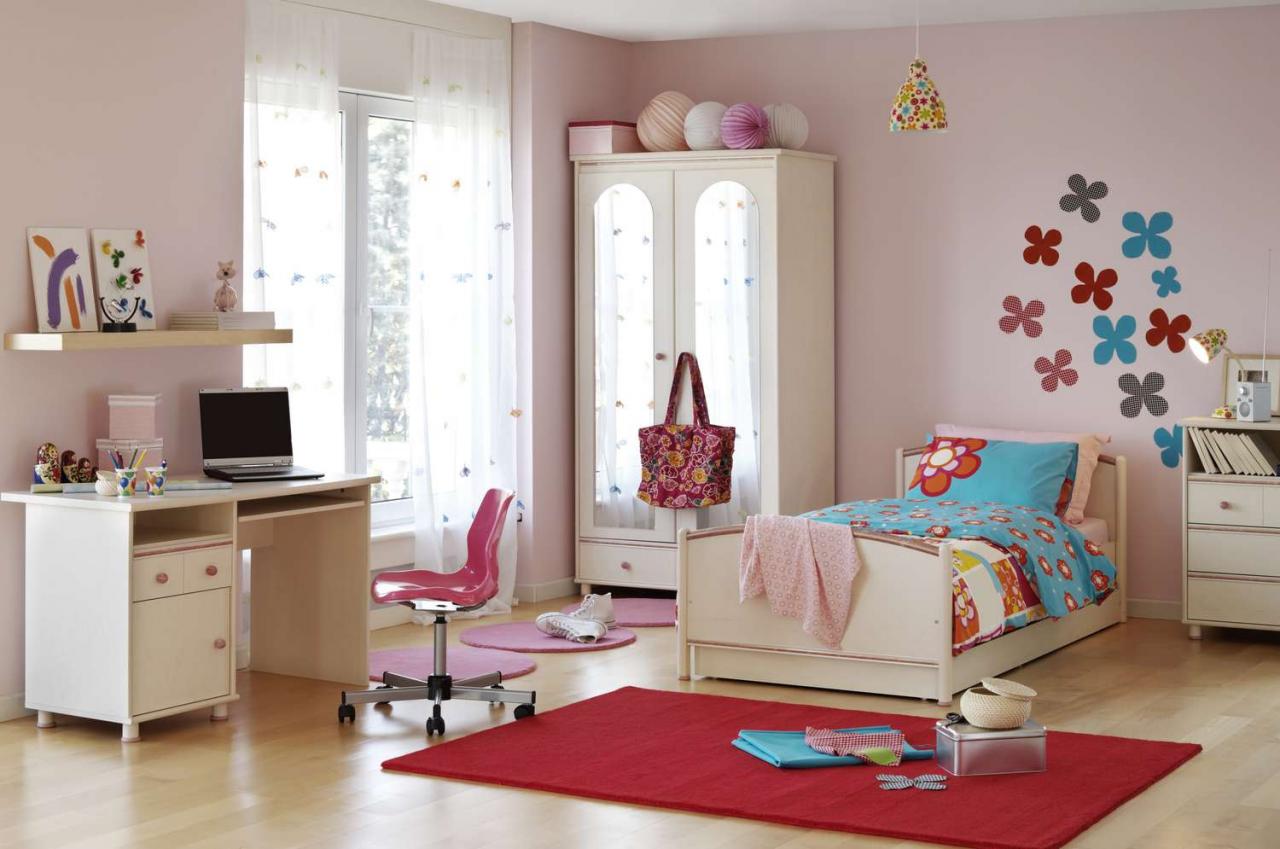When it comes to designing a shared bedroom for siblings, the possibilities are endless. From creating cozy nooks for privacy to incorporating fun and functional storage solutions, there are plenty of creative ways to ensure that both children feel right at home in their shared space. In this article, we’ll explore some practical tips and inspiring ideas for designing a shared bedroom that promotes harmony and individuality among siblings. So whether you’re looking to maximize space or foster sibling bonding, read on for some expert advice on crafting the perfect shared bedroom.

Creating a Functional Layout
In a shared bedroom for siblings, is essential to ensure both children have their own space while sharing a room. Utilizing clever design techniques can help maximize the available space and create a harmonious environment for both siblings to enjoy.
One way to design a functional layout in a shared bedroom is to use bunk beds or loft beds. This allows each child to have their own designated sleeping area while freeing up floor space for other activities. Adding storage solutions such as built-in drawers or shelves can help keep the room tidy and organized.
Another important aspect of in a shared bedroom is to define separate zones for each child. This can be achieved by using area rugs, curtains, or room dividers to designate individual spaces for sleeping, playing, and studying. Personalizing each zone with the child’s favorite colors or decor items can help create a sense of ownership and privacy.
Overall, in a shared bedroom for siblings requires careful planning and attention to detail. By incorporating clever design solutions and defining separate zones for each child, you can create a harmonious space where both siblings can thrive and enjoy spending time together.
Choosing Gender-Neutral Decor
When designing a shared bedroom for siblings, it’s important to choose gender-neutral decor that appeals to both boys and girls. This not only creates a harmonious and balanced space, but also eliminates any potential disputes over the room’s design. To achieve a gender-neutral look, consider the following tips:
- Opt for a neutral color palette: Stick to earth tones, pastels, or monochromatic schemes that are universally pleasing.
- Incorporate geometric patterns: Geometric shapes add a modern touch to the room without leaning too heavily towards a specific gender.
- Mix and match textures: Combine different textures like wood, metal, and fabric to add depth and visual interest to the decor.
If you’re looking to add some personality to the room, consider incorporating a theme that both siblings love, whether it’s outer space, animals, or sports. Remember, the key to successful gender-neutral decor is to keep it simple, versatile, and timeless. By following these tips, you can create a beautiful and inclusive space that both siblings will love.
| Siblings’ Interests | Theme Ideas |
|---|---|
| Outer Space | Astronauts, planets, stars |
| Animals | Zoo, jungle, safari |
| Sports | Basketball, soccer, baseball |
Maximizing Storage Space
Creating a shared bedroom for siblings can be a fun and challenging task, especially when it comes to . One of the best ways to optimize the room’s storage capacity is by utilizing multi-functional furniture pieces. Consider investing in bunk beds with built-in drawers or a trundle bed that can also serve as a storage unit.
Another clever storage solution is to incorporate hanging organizers on the back of doors or inside closets. These organizers are perfect for storing small items like socks, underwear, or toys. You can also install floating shelves above desks or dressers to keep books, photos, or decorative items off the floor and create more space in the room.
For larger items such as clothing, shoes, or toys, a wardrobe or a chest of drawers can provide ample storage space while keeping the room organized. Additionally, utilizing under-bed storage bins or baskets can help maximize the available space and keep the room clutter-free. By combining these storage solutions, you can create a functional and stylish shared bedroom that meets the needs of both siblings.
Setting Boundaries with Personalized Areas
Siblings sharing a bedroom can be a great way to promote bonding and create lasting memories. However, it’s important to set boundaries within the shared space to ensure each child has their own personalized area. Designing a shared bedroom for siblings can be a fun and creative process that allows each child to express their individuality while still sharing a common space.
One way to set boundaries in a shared bedroom is to designate specific areas for each child. This can be done through the use of rugs, curtains, or room dividers to create separate spaces within the room. Each child can then personalize their own area with their favorite colors, decorations, and personal belongings.
Another way to set boundaries in a shared bedroom is to create a shared “common area” where both children can come together to play, study, or relax. This could include a shared study desk, a play area with toys and games that both children enjoy, or a cozy reading nook where they can spend time together.
In conclusion, designing a shared bedroom for siblings can be a fun and rewarding project that promotes creativity, cooperation, and bonding between siblings. By incorporating thoughtful design elements, personal touches, and organizational solutions, you can create a space that not only meets the functional needs of both children but also reflects their unique personalities and interests. So go ahead and embark on this design adventure, and watch as your shared bedroom becomes a special place where memories are made and relationships are strengthened. Happy designing!




